14 Best Companion Plants For Peas
Peas are a popular crop that can benefit greatly from companion planting. Pairing peas with the right plants can provide numerous benefits, such as improved soil quality and reduced pest problems. Some plants even help peas grow stronger and healthier by offering shade or support. Discover how companion plants can complement your peas and contribute to a thriving garden. Try out these plant combinations for a more productive growing season.
This post may contain affiliate links, which helps keep this content free. Please read our disclosure for more info.
Radishes
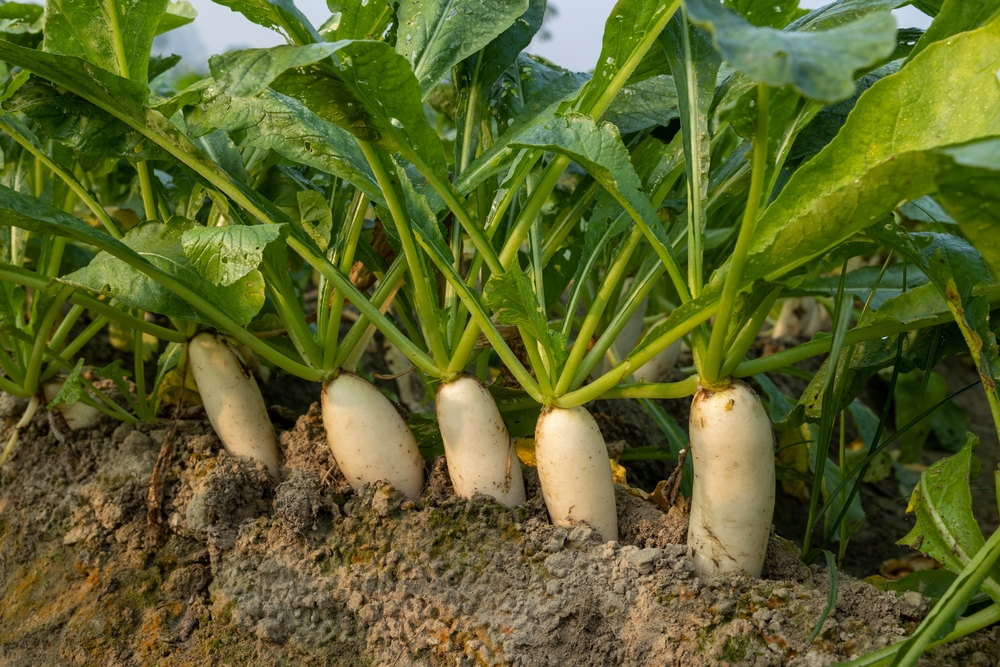
Radishes make an excellent companion for peas because they help loosen the soil, allowing peas to grow better. Their fast growth also helps to shade the soil, keeping it cooler and more moist. To care for radishes, plant them in well-drained soil with plenty of sunlight. Ensure that they are spaced properly to allow for air circulation and avoid overcrowding.
Radishes can help deter pests such as aphids, which are often attracted to peas. Their roots also act as a natural barrier against weeds, preventing competition for nutrients. By planting radishes near peas, you can promote a healthier, more productive garden. They grow quickly and can be harvested before peas need much attention.
Carrots
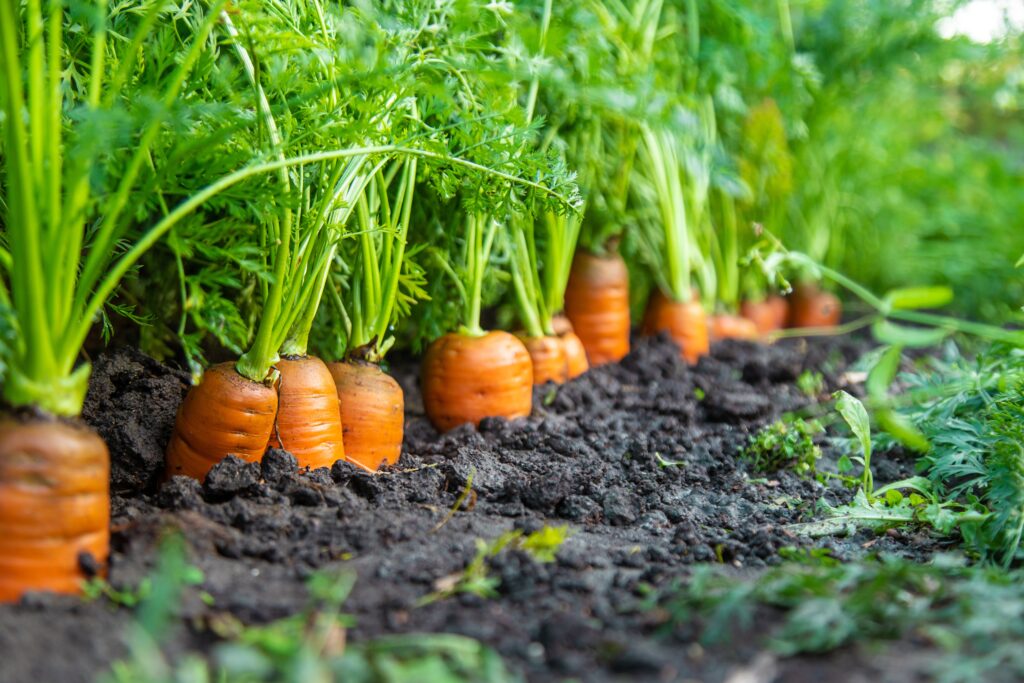
Carrots and peas are great companions because they have different root depths, allowing them to share space without competing for resources. Carrots can help aerate the soil with their long roots, improving overall soil health for peas. To care for carrots, make sure they are planted in loose, fertile soil and receive adequate water.
Carrots can also help protect peas from some pests, such as root maggots, by creating a barrier in the soil. Plant them a few inches away from peas to give both plants room to thrive. Carrots benefit from a moderate amount of sunlight, which peas will also appreciate. This partnership promotes healthy soil while encouraging strong, vibrant plants.
Oats
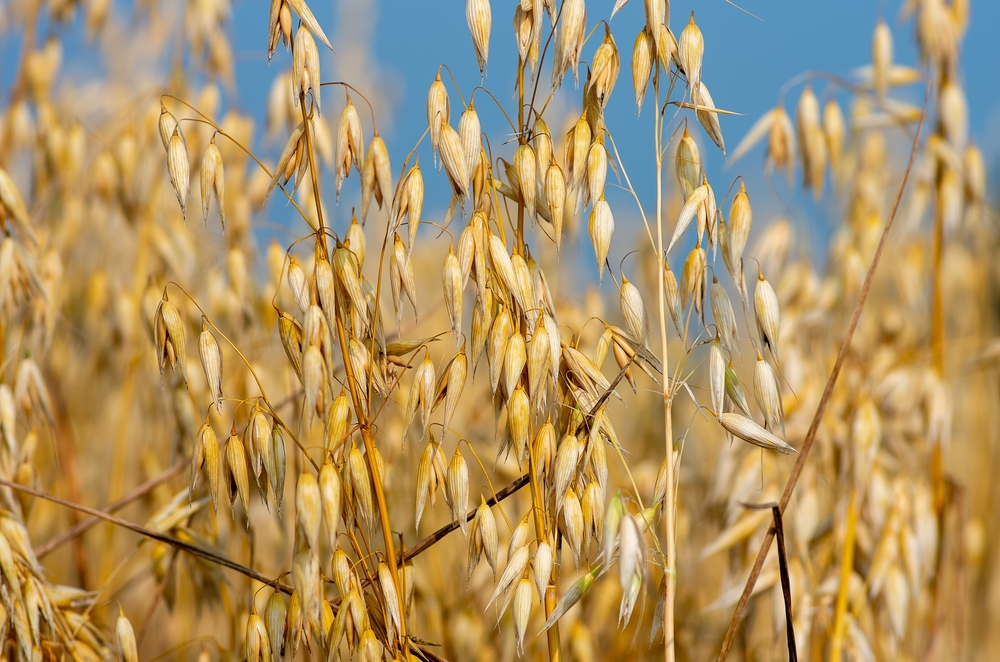
Oats are a great cover crop for peas, as they help prevent soil erosion and improve the soil structure. They act as a natural mulch that helps retain moisture and reduce weeds. Oats do best in well-drained soil and moderate sunlight, so make sure they are not planted too close to peas, giving both enough room to grow.
By adding oats to your garden, you can enrich the soil with organic matter, which benefits peas as they grow. The oats also provide support to peas, helping to keep them upright as they grow taller. This combination can lead to healthier plants with fewer issues related to pests or soil depletion.
Marigolds
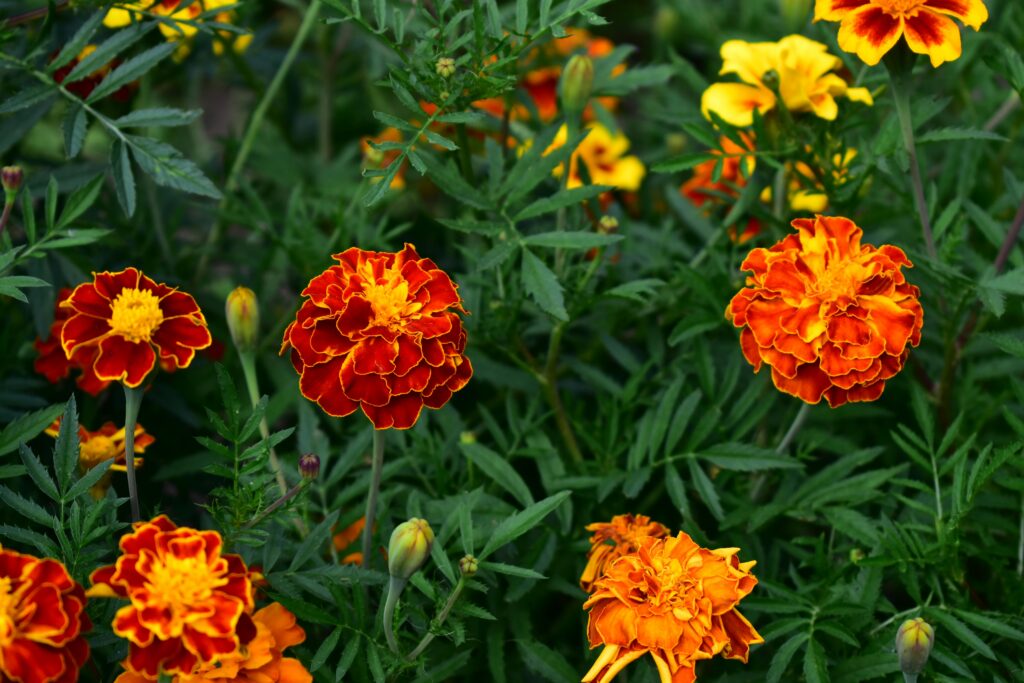
Marigolds are excellent companions for peas due to their ability to repel harmful insects, such as aphids and nematodes. Their strong scent deters pests that can harm peas, helping to protect the plants naturally. To care for marigolds, plant them in well-drained soil with plenty of sunlight and space for them to spread.
In addition to protecting peas from pests, marigolds can attract beneficial insects like ladybugs. These insects help keep your pea plants free of aphids and other damaging pests. Marigolds also improve soil health, making them a great addition to your pea garden for both aesthetic and practical reasons.
Beans
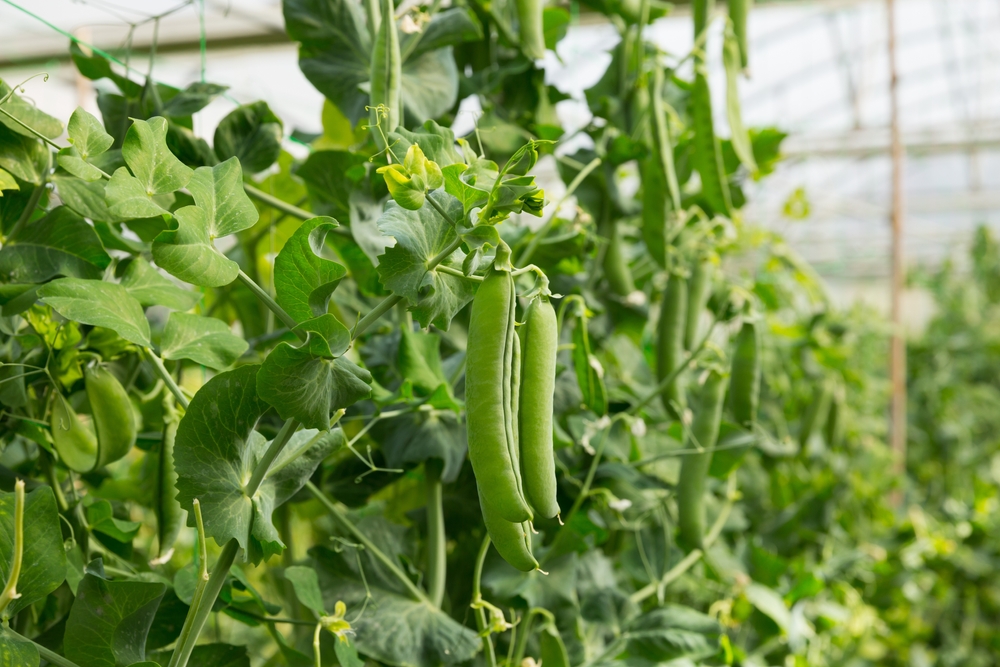
Beans are one of the best companions for peas because they are both legumes and fix nitrogen in the soil, which benefits peas. This helps improve soil fertility, making it easier for peas to grow strong and healthy. Beans can be planted alongside peas, with enough space to prevent crowding. Be sure to water them regularly to support their growth.
Beans provide a natural trellis for peas to climb, allowing both plants to grow vertically and save space in your garden. This helps maximize your gardening area while providing better air circulation between plants. As beans grow, their roots provide additional support for peas, encouraging a more productive garden overall.
Cucumbers
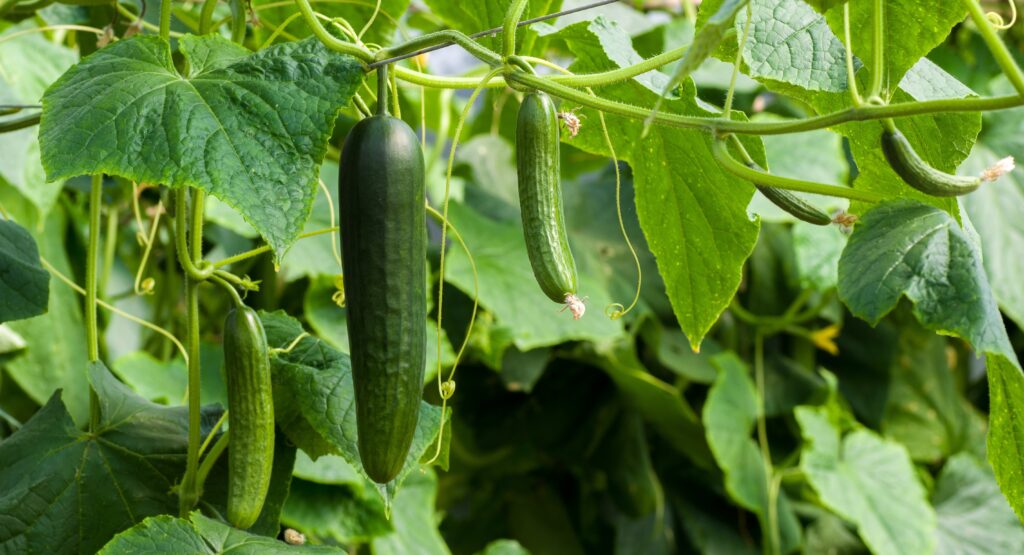
Cucumbers and peas complement each other well, as cucumbers’ large leaves provide shade that helps keep the soil cool for peas. The vines of cucumbers also help cover the ground, preventing weeds from growing and competing for nutrients. Plant cucumbers a few feet away from peas to give them space to spread and grow.
Cucumbers benefit from a warm growing environment, so planting them near peas can help create a more favorable microclimate for both plants. They do need plenty of water, so make sure the soil remains consistently moist. This pairing helps both crops thrive by preventing soil erosion and minimizing competition.
Spinach
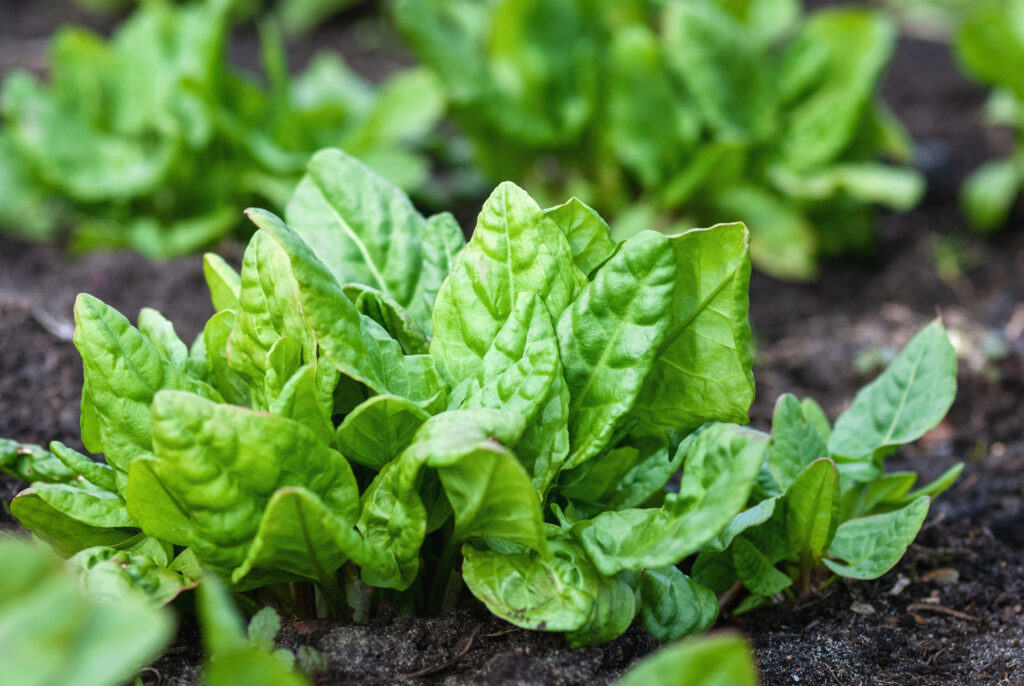
Spinach is a great companion for peas as it grows quickly and can provide ground cover, helping to retain moisture for peas. Its shallow roots do not compete with peas for nutrients, allowing both plants to thrive together. Spinach grows best in cool weather and needs a partially shaded area to protect it from direct sunlight.
By planting spinach near peas, you also benefit from the fact that spinach is relatively pest-free, reducing the likelihood of pest infestations on peas. Make sure to keep the soil moist and well-drained for optimal growth. This combination works well for maximizing your harvest while conserving space in your garden.
Nasturtiums
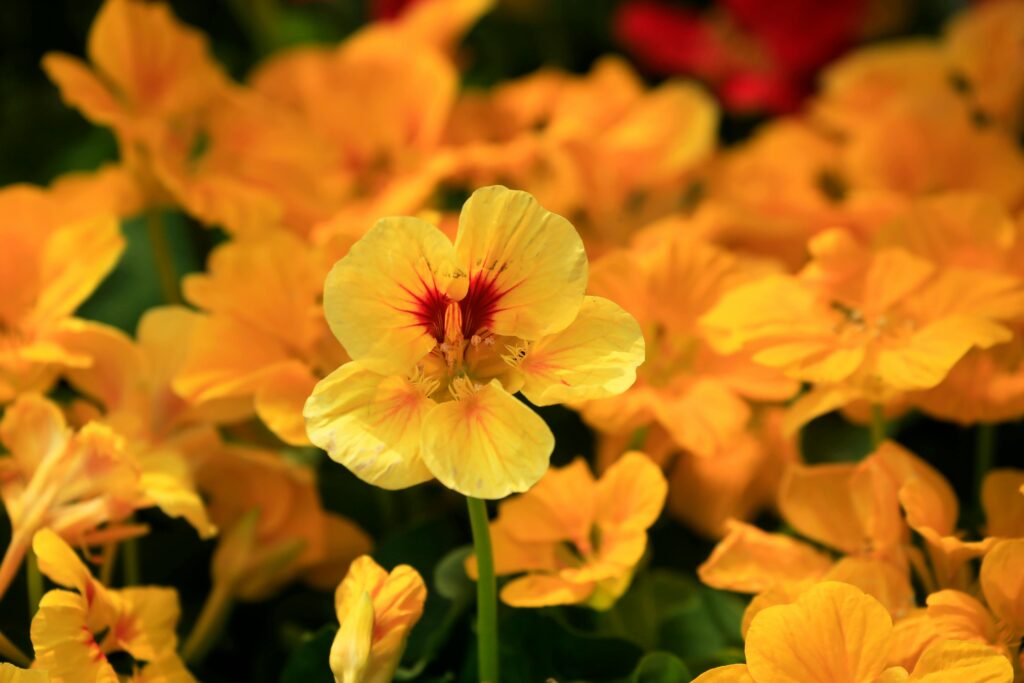
Nasturtiums are known for their ability to repel aphids and other pests that commonly affect peas. Their flowers and leaves have a strong scent that confuses and deters harmful insects. Plant nasturtiums near peas to provide natural pest control without the need for harsh chemicals.
In addition to pest control, nasturtiums also attract beneficial insects like ladybugs, which help protect pea plants. They are easy to grow in most soil types and prefer full sunlight. The vibrant flowers of nasturtiums also add beauty to your garden while benefiting your peas.
Lettuce
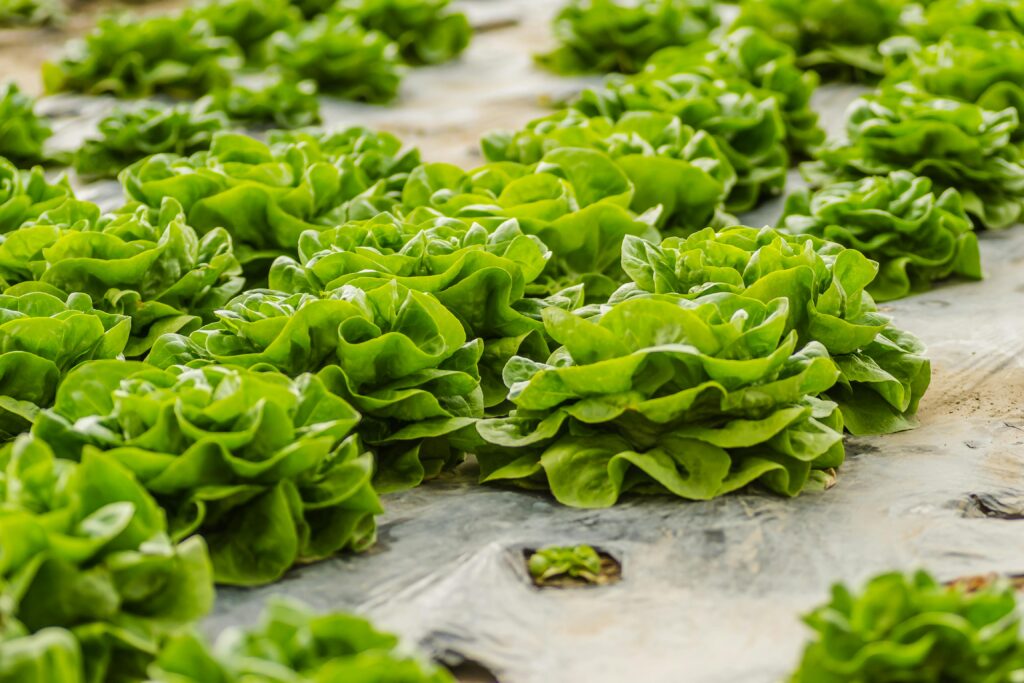
Lettuce and peas work well together because lettuce provides ground cover, helping to keep the soil cool and moist for peas. The shallow roots of lettuce do not compete with the deeper roots of peas, allowing both plants to grow comfortably. Lettuce requires little maintenance, making it an ideal companion for peas.
By planting lettuce near peas, you can also reduce weed growth, as the lettuce leaves help block sunlight from reaching the soil. Lettuce grows best in cooler weather, so planting it with peas can help maintain a favorable environment for both plants. This combination encourages a healthy garden with minimal effort.
Thyme

Thyme is a low-growing herb that pairs well with peas, offering both culinary and gardening benefits. It helps repel pests such as aphids, cabbage worms, and whiteflies, which can damage peas. Thyme also attracts pollinators, ensuring that both plants receive the necessary attention from bees and other beneficial insects.
To care for thyme, plant it in well-drained soil with plenty of sunlight. Thyme thrives in dry conditions, so avoid overwatering. Its strong scent and ability to attract helpful insects make it an ideal companion for peas, enhancing both plant health and garden productivity.
Basil
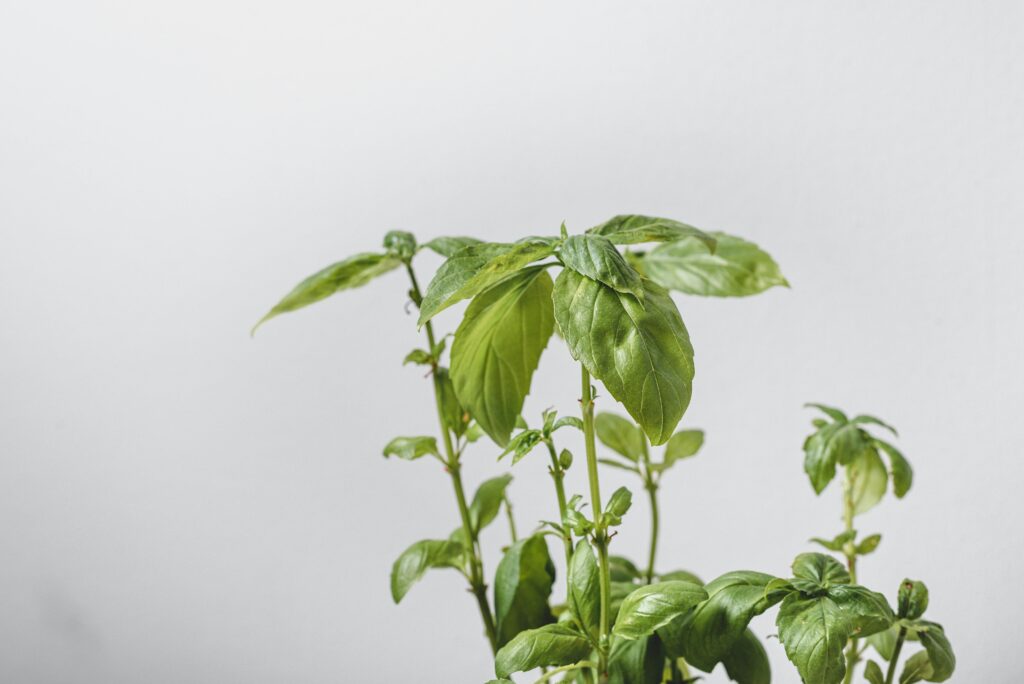
Basil is an aromatic herb that not only enhances the flavor of your meals but also helps to repel insects that can harm peas. The strong scent of basil repels pests such as mosquitoes, aphids, and whiteflies. Plant basil near peas to protect them from these harmful insects while creating a beautiful, fragrant garden.
Basil thrives in warm weather and well-drained soil, making it a great match for peas. It is important to prune basil regularly to encourage growth and prevent it from becoming too woody. This companion plant enhances both the aesthetic appeal and functionality of your pea garden.
Garlic
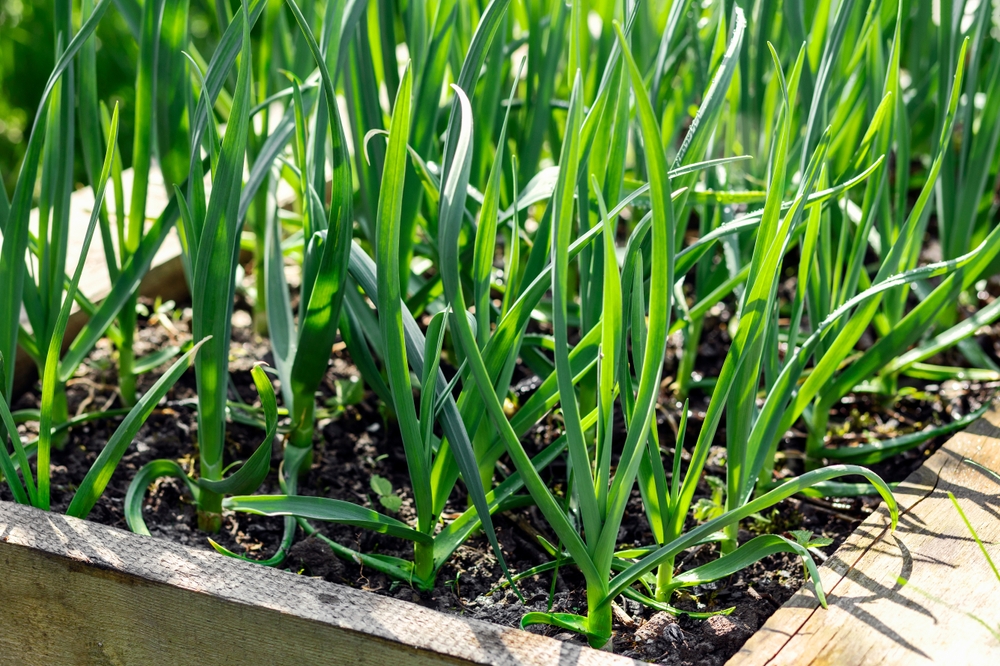
Garlic is an effective companion plant for peas because it repels pests like aphids, slugs, and beetles that often target peas. The strong scent of garlic deters these insects, protecting your pea plants. Garlic is easy to grow and thrives in well-drained soil with plenty of sunlight.
To care for garlic, plant it in a location where it will receive direct sunlight and water it regularly. Garlic can also improve soil health by releasing sulfur compounds that deter soil-borne diseases. Its pest-repelling qualities make it an excellent addition to your pea garden.
Kale
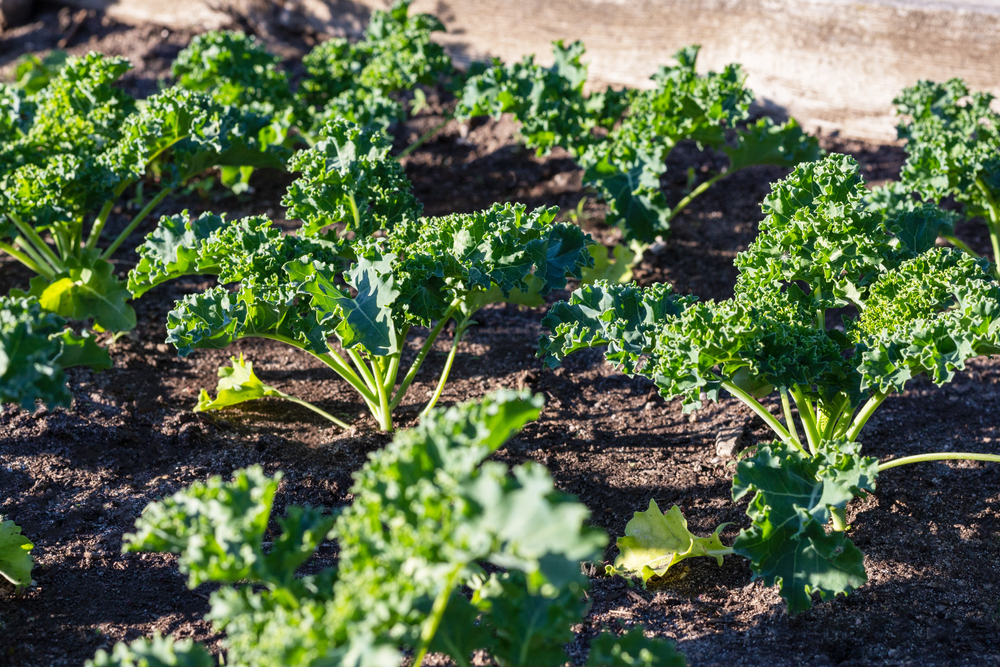
Kale is a beneficial companion plant for peas because it provides shade and helps retain moisture in the soil. Kale’s broad leaves create a canopy that keeps the soil cooler, which peas prefer for optimal growth. Kale is relatively low-maintenance and thrives in similar conditions to peas.
In addition to offering shade, kale helps suppress weeds, which can compete with peas for resources. This companion plant is easy to grow and requires minimal care once established. By planting kale near peas, you can create a more productive and efficient garden.
Sweet Alyssum
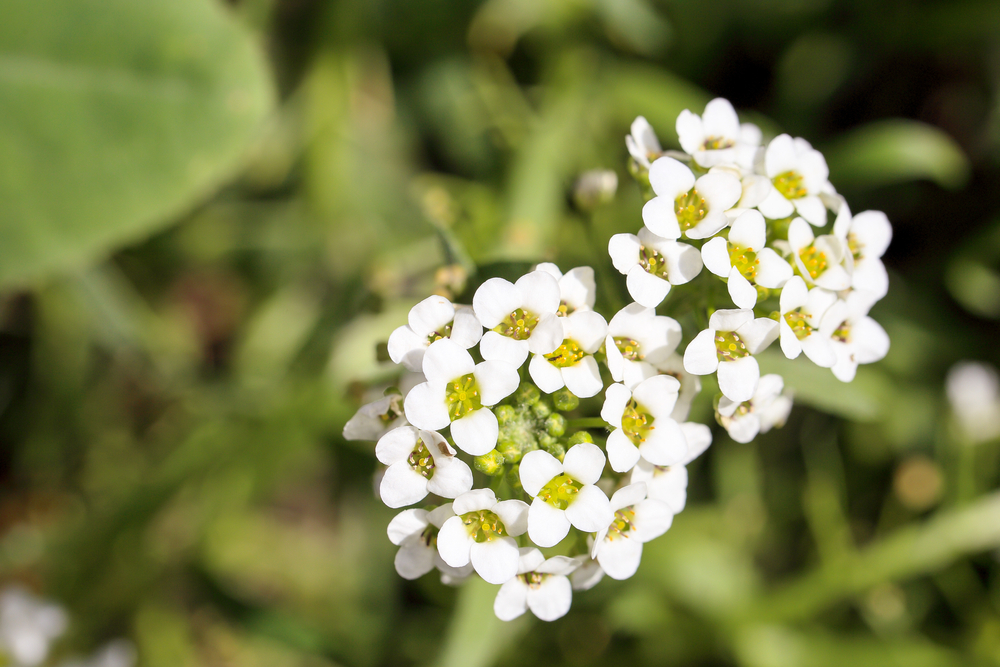
Sweet alyssum is a low-growing flower that works well as a companion plant for peas by attracting beneficial insects like bees and ladybugs. These insects help pollinate pea flowers and keep harmful pests in check. Sweet alyssum is easy to grow and thrives in sunny spots with well-drained soil.
In addition to attracting pollinators, sweet alyssum also helps deter aphids, which are common pests for peas. It is important to water it regularly, but be sure not to overwater, as sweet alyssum prefers slightly dry conditions. This small but effective companion plant can improve both the health and productivity of your pea garden.
The right companions can help your peas grow stronger, healthier, and more resilient. Companion planting encourages a balanced ecosystem in your garden, benefiting both peas and the surrounding plants.
This article originally appeared on Avocadu.
